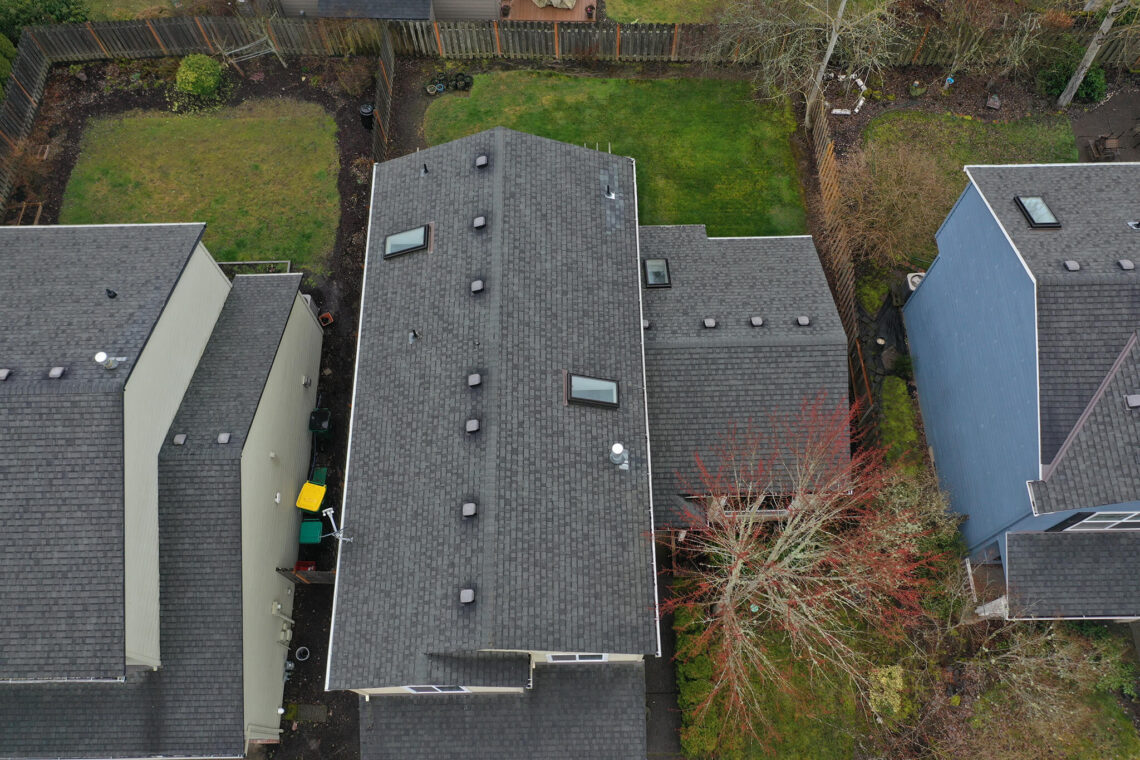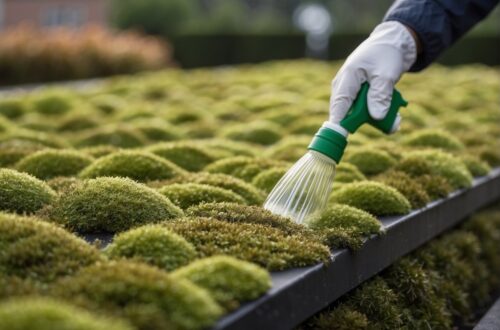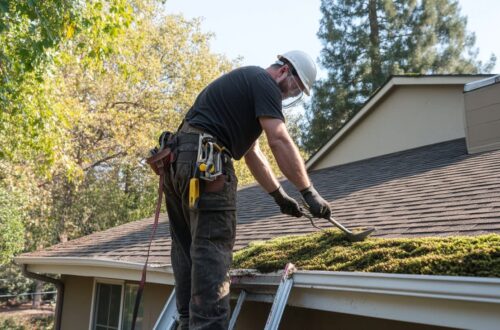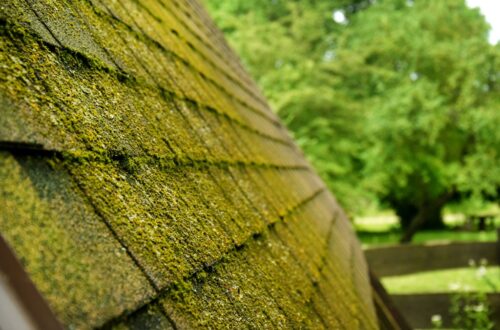Moss growth on rooftops is a common issue that many homeowners face, especially in regions with high humidity and frequent rainfall. While moss may seem like a harmless green layer, it can cause significant damage to your roof over time. Regular roof moss removal is essential to maintaining the structural integrity of your home and preventing costly repairs. By taking proactive steps to remove moss, homeowners can enjoy long-term benefits that extend beyond just aesthetics.
Preventing Roof Damage
One of the most significant advantages of regular moss removal is preventing roof damage. Moss thrives in damp environments and holds moisture against roofing materials, leading to accelerated deterioration. Shingles, particularly asphalt ones, are susceptible to lifting and cracking when moss takes root. If left unchecked, this can cause leaks, water infiltration, and structural weakening of the roof. Removing moss before it spreads ensures that the roofing materials remain intact, preventing the need for premature replacement.
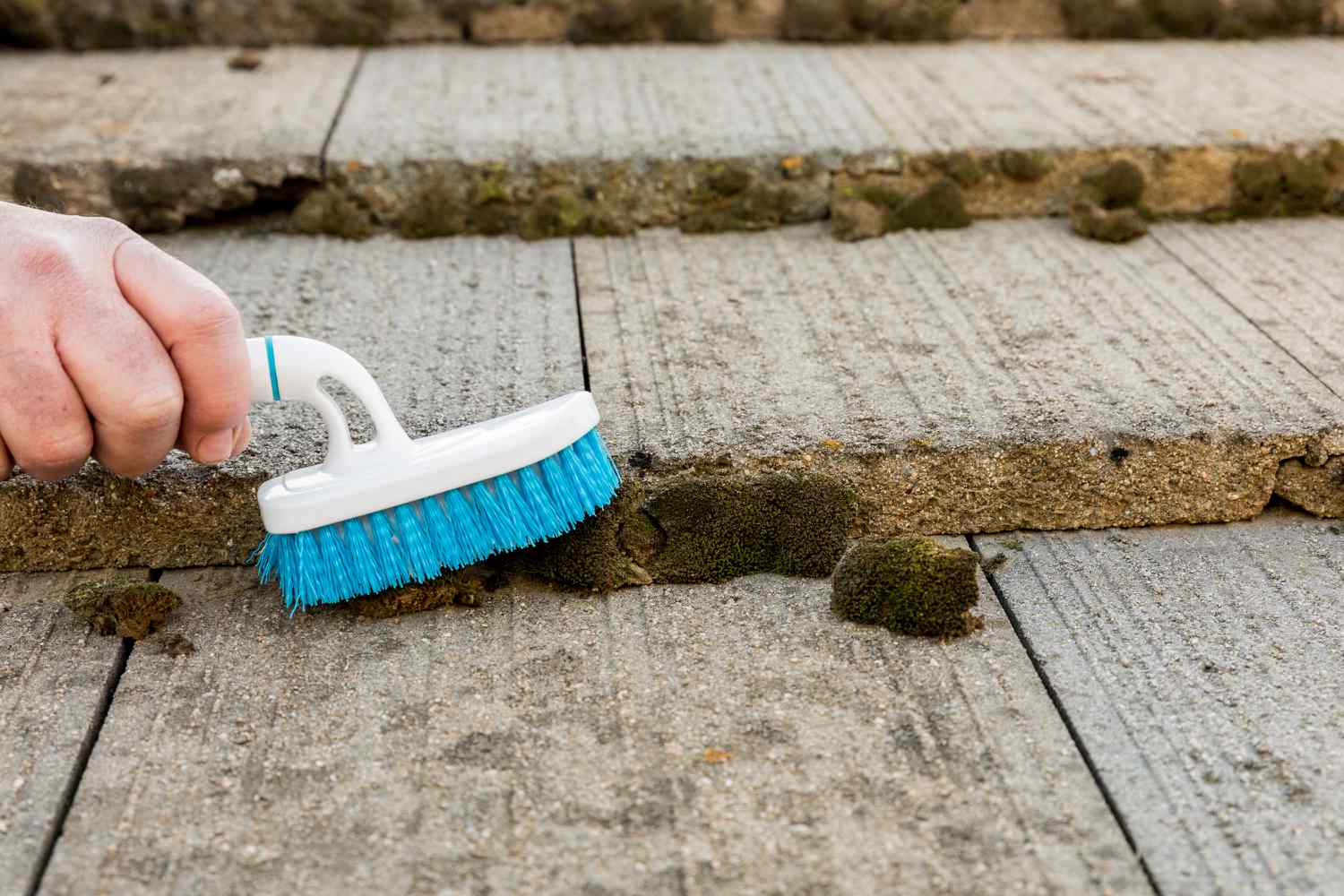
Extending Roof Lifespan
A well-maintained roof lasts significantly longer than one plagued by moss growth. Moss can erode shingles and cause wood rot, which weakens the entire roof structure. Over time, the damage becomes extensive, requiring costly repairs or even complete roof replacement. By scheduling regular moss removal, homeowners can extend the lifespan of their roof, ensuring it remains functional for decades. This proactive approach ultimately saves money by delaying the need for major repairs.
Maintaining Energy Efficiency
A moss-covered roof can affect the energy efficiency of a home. Moss traps moisture, which can lead to temperature fluctuations inside the house. In colder months, moisture can freeze and expand, causing damage to the roof’s insulation. In warmer months, moss-covered shingles may not reflect heat as effectively, leading to increased indoor temperatures. Regularly removing moss helps maintain the roof’s ability to regulate indoor temperatures, improving overall energy efficiency and reducing heating and cooling costs.
Preventing Water Damage and Leaks
Water damage is one of the most serious consequences of unchecked moss growth. As moss retains moisture, it can seep into small cracks and gaps in shingles. Over time, this moisture can lead to leaks that damage ceilings, walls, and even electrical systems. Mold and mildew may also develop due to excess moisture, posing health risks to the household. Routine moss removal helps prevent water infiltration, reducing the risk of interior damage and costly repairs.
Improving Curb Appeal
A moss-covered roof can make an otherwise beautiful home appear neglected. Green patches of moss can give the impression that the property is not well cared for, potentially reducing its market value. Homebuyers are often deterred by visible signs of roof issues, as they anticipate future maintenance expenses. Keeping the roof moss-free enhances the home’s curb appeal and increases its overall value. Whether a homeowner plans to stay in their property or sell it in the future, maintaining a clean and moss-free roof is beneficial.
Reducing Maintenance Costs
Regular moss removal minimizes the need for costly repairs and maintenance. If moss is left untreated, it can cause serious damage that requires professional intervention. Roof repairs can be expensive, especially when leaks lead to structural issues. Homeowners who invest in routine moss removal can avoid major expenses and keep their maintenance costs manageable. It is more cost-effective to clean the roof periodically than to deal with extensive damage caused by prolonged moss growth.
Preventing Pest Infestations
A moss-covered roof can attract pests such as insects, birds, and rodents. The damp conditions created by moss provide an ideal environment for these pests to thrive. Birds may build nests in mossy patches, while rodents might use the roof as a hiding place. Insects, such as termites and ants, are also drawn to decaying roofing materials. Regular moss removal helps eliminate these conditions, reducing the likelihood of pest infestations and protecting the home from potential structural damage caused by unwanted visitors.
Protecting Gutters and Drainage Systems
Moss growth does not only affect the roof but also impacts the home’s drainage system. As moss spreads, it can break loose and accumulate in gutters and downspouts, causing blockages. Clogged gutters prevent proper water drainage, leading to overflow and potential water damage to the foundation and exterior walls of the home. Keeping the roof free of moss ensures that gutters function efficiently, directing water away from the property and preventing damage.
Reducing Health Risks
Moss can contribute to the growth of mold and mildew, which pose health risks to occupants of the home. Mold spores can become airborne and affect indoor air quality, leading to respiratory issues and allergies. Individuals with asthma or weakened immune systems are particularly vulnerable to the effects of mold exposure. Regular roof moss removal helps prevent these health hazards by keeping the roof dry and free of excess moisture.
Choosing the Right Moss Removal Methods
When removing moss, it is important to use safe and effective methods to avoid damaging the roof. Harsh chemicals and high-pressure washing can weaken roofing materials and shorten their lifespan. Instead, using gentle cleaning solutions or hiring professionals with experience in roof moss removal is recommended. Preventive measures, such as trimming overhanging tree branches and improving roof ventilation, can also help reduce moss growth.

